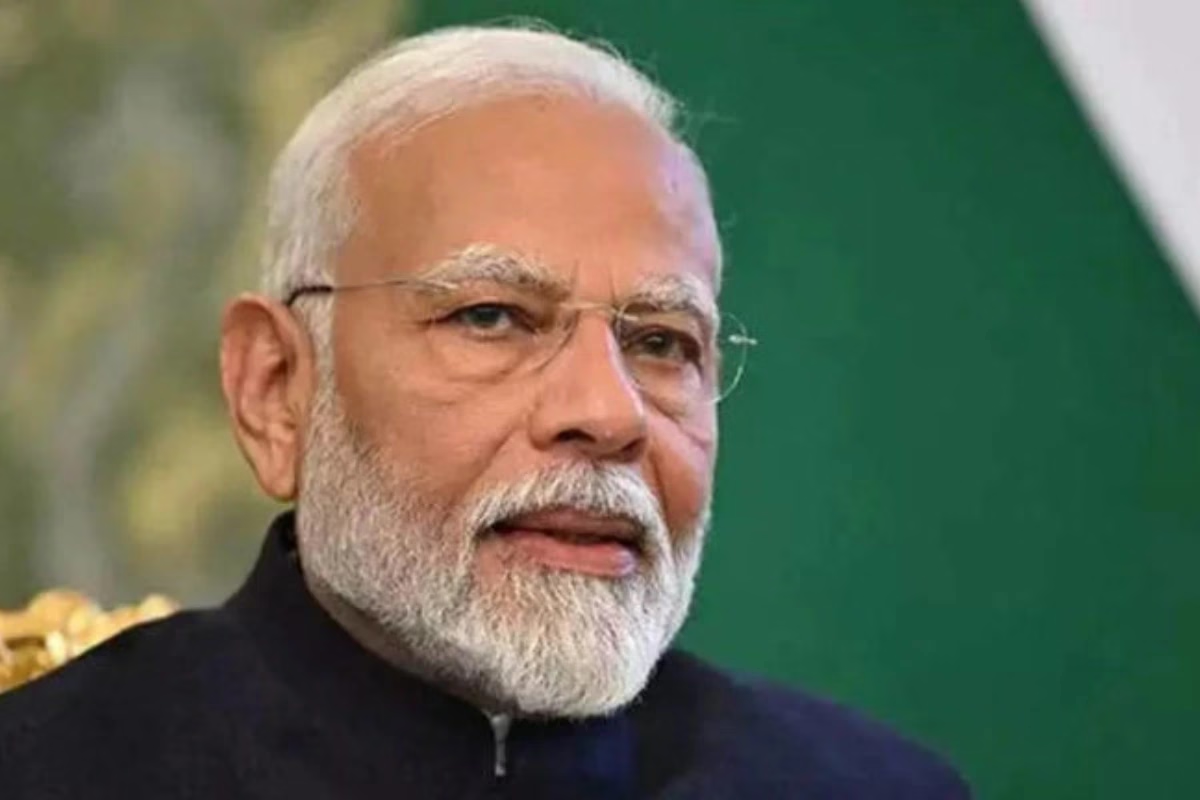PM Jan Dhan Yojana: Prime Minister Narendra Modi recently retweeted a post from MyGov India, celebrating 11 years of the PM Jan Dhan Yojana (PMJDY)—a flagship initiative that has transformed the financial landscape of India. Launched on 28 August 2014, the scheme aimed to provide every Indian household with at least one bank account, ensuring that the benefits of banking reach even the remotest corners of the nation.
The MyGov post, captioned “Not math formulas, but Bharat’s growth formulas”, highlighted how 1 bank account has created infinite opportunities (∞) for millions of citizens. From direct benefit transfers to easy access to loans and insurance, Jan Dhan Yojana has proven to be a powerful tool for empowerment.
How Jan Dhan Yojana Changed Lives
Over the past 11 years, the PMJDY has enabled over 50 crore people to open bank accounts, most of them women and individuals from rural or low-income backgrounds. Before the scheme, large sections of India’s population remained outside the formal financial system, relying heavily on moneylenders and facing exploitation.
With Jan Dhan, people can now securely save money, access government subsidies directly, and even avail micro-credit facilities to start small businesses. For women, especially in villages, this has been nothing short of a financial revolution, giving them greater independence and decision-making power in households.
India’s Financial Revolution
Prime Minister Narendra Modi emphasized that “India’s financial revolution is powered by inclusion through innovation.” With the integration of Aadhaar, mobile, and Jan Dhan accounts (the JAM Trinity), the government has ensured transparent delivery of subsidies, eliminating middlemen and leakage of funds.
As India marks 11 years of Jan Dhan Yojana, the scheme stands as a symbol of financial empowerment, bridging the gap between urban and rural, rich and poor, men and women—creating a more inclusive and self-reliant Bharat.
